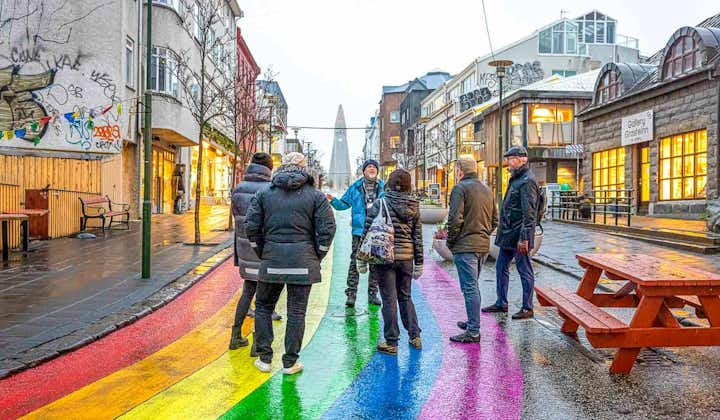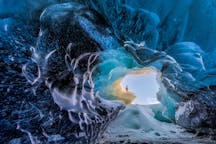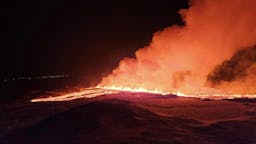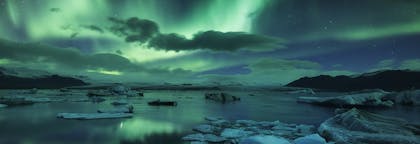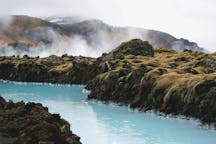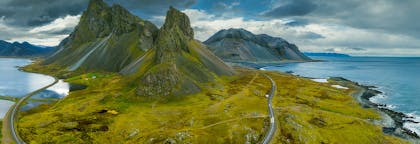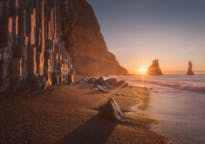Walk with a Viking 2 Hour Guided Reykjavik Walking Tour
Description
Summary
Description
Immerse yourself in the culture of Reykjavík and learn all about the settlement and history of Iceland with this fabulous excursion. This walking tour of the city is a perfect way to introduce yourself to Iceland, and should not be missed by those who want to know all about the Land of Ice and Fire.
You will meet your Viking guide and group in the downtown of the capital, by the two stone pillar in Ingolfur's Square, before you set off in an exploration of Reykjavík's great sites. You will see historical places, such as where longhouses have been discovered and the parliament, which is the longest-running democratic assembly in the world, as well as cultural sites, such as the concert hall Harpa.
Aside from the major attractions of the city, your guide will show you local hangout spots and hidden gems few get to visit. They are also very knowledgeable about the bar and restaurant scenes and can give you great tips based on the needs of your group.
As you travel, your guide will discuss with you the history and relevance of each site, as well as local folklore and tidbits; worry not, however, as this tour is much more than a history lesson.
Your group size will be limited to twelve so that you can get all your questions answered and you don't need to worry about the needs of too many other people. You will walk at a comfortable pace throughout, making this tour enjoyable for all ages and abilities.
Make sure you bring warm clothes and comfortable shoes (with a good grip if in winter) for this tour so that Iceland's notoriously fickle weather is no impediment to your enjoyment.
Don't miss this wonderful introduction to Reykjavík from an expert guide. Check availability by choosing a date.
Included
Activities
What to bring
Verified reviews
Similar tours

Download Iceland’s biggest travel marketplace to your phone to manage your entire trip in one place
Scan this QR code with your phone camera and press the link that appears to add Iceland’s biggest travel marketplace into your pocket. Enter your phone number or email address to receive an SMS or email with the download link.
